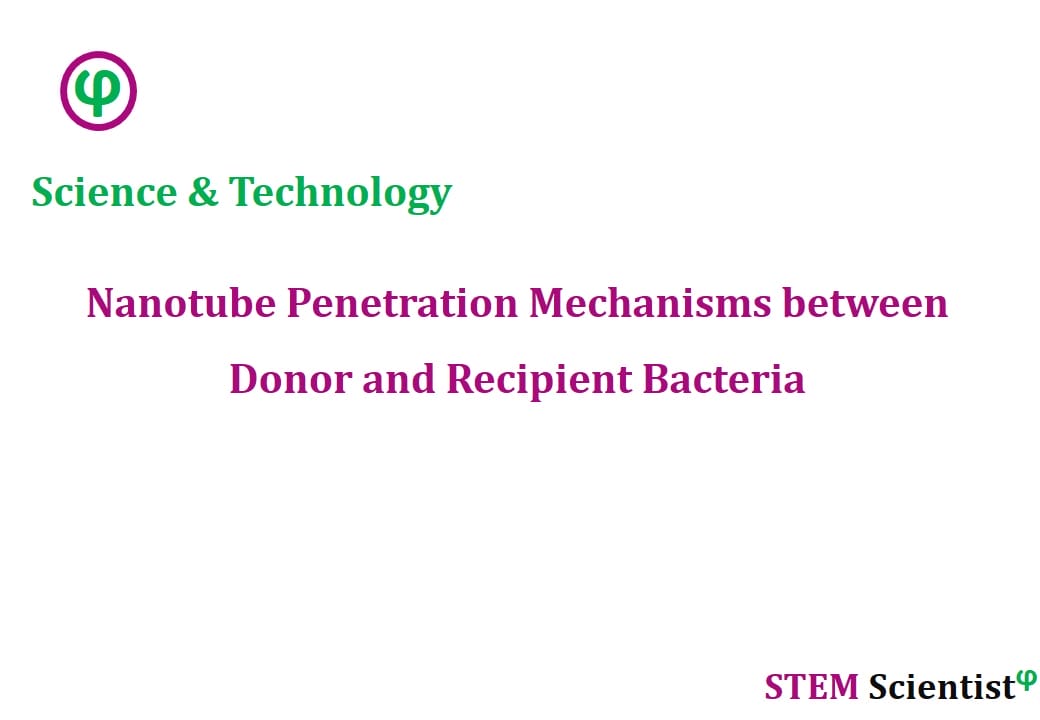
The following study was conducted by Scientists from Institute for Medical Research Israel-Canada, The Hebrew University-Hadassah Medical School, The Hebrew University of Jerusalem, Israel. Study is published in Nature Communications Journal as detailed below.
Nature Communications; Volume 11, Article Number: 1938; (2020)
Donor-Delivered Cell Wall Hydrolases Facilitate Nanotube Penetration into Recipient Bacteria
Abstract
Bacteria can produce membranous nanotubes that mediate contact-dependent exchange of molecules among bacterial cells. However, it is unclear how nanotubes cross the cell wall to emerge from the donor or to penetrate into the recipient cell. Here, we report that Bacillus subtilis utilizes cell wall remodeling enzymes, the LytC amidase and its enhancer LytB, for efficient nanotube extrusion and penetration. Nanotube production is reduced in a lytBC mutant, and the few nanotubes formed appear deficient in penetrating into target cells. Donor-derived LytB molecules localize along nanotubes and on the surface of nanotube-connected neighbouring cells, primarily at sites of nanotube penetration. Furthermore, LytB from donor B. subtilis can activate LytC of recipient bacteria from diverse species, facilitating cell wall hydrolysis to establish nanotube connection. Our data provide a mechanistic view of how intercellular connecting devices can be formed among neighbouring bacteria.
Source:
Nature Communications
URL: https://www.nature.com/articles/s41467-020-15605-1
Citation:
Baidya, A. K., I. Rosenshine, et al. (2020). “Donor-delivered cell wall hydrolases facilitate nanotube penetration into recipient bacteria.” Nature Communications 11(1): 1938.


